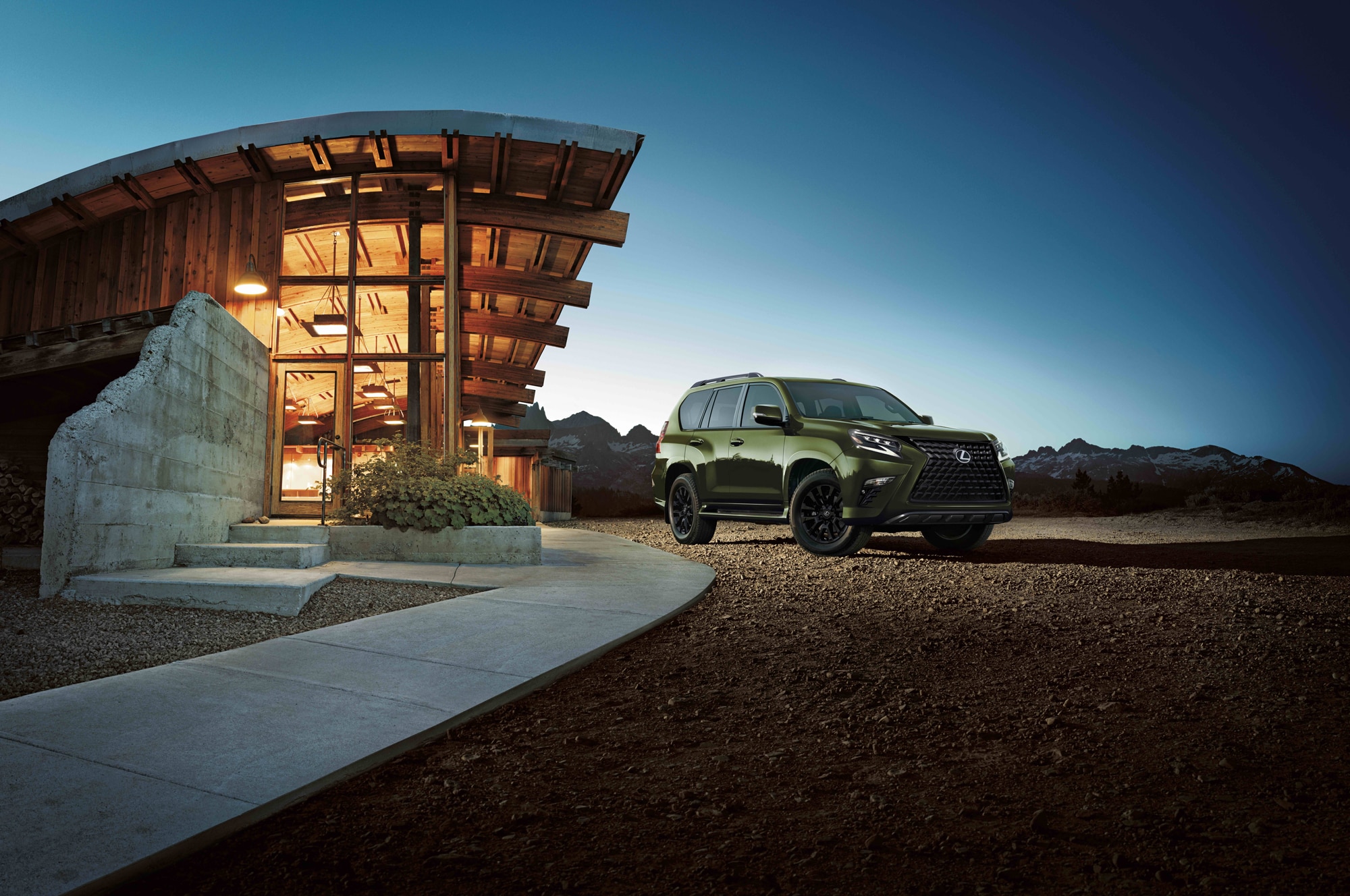Acura vs. Lexus: How the Luxury Brands Compare
These two Japanese luxury brands captivate the car market with subtly different approaches.
 Acura/Lexus
Acura/Lexus
Article QuickTakes:
Acura vs. Lexus: Brand History, Affiliation and Image
In the early 1980s, the U.S. government—mired in a recession and feeling pressure from domestic automakers struggling to compete with foreign makers—asked Japan to limit the number of cars it exported to America, and Japan agreed. To maximize profits from a smaller number of exported cars, Honda and Toyota decided to sell larger luxury cars in addition to their affordable models and created sub-brands for the purpose. Acura would serve as Honda’s luxury arm and Lexus, Toyota’s.
Acura has always leaned sporty: It arrived on the scene in 1986 hawking the tagline “Precision crafted performance” and offering Honda’s first V6-powered vehicle, the Legend. But the brand has had something of an identity crisis. It decided to replace perfectly good model names with hard-to-remember letter combinations, dropped its flagship sedan in 2020, and will send its resurrected NSX supercar back to the grave by year’s end. While it has tried to maintain its performance-first image with a slew of Type S models, each falls short of competitors from the BMW M and Mercedes-AMG performance brands.
Lexus showed up in 1989 fielding a six-years-in-the-making luxury sedan, the LS. The model’s refinement impressed shoppers and journalists, who praised it as an S-Class fighter at half the price. Plus, the brand’s customer service set a new standard of care for luxury buyers and inspired fierce consumer loyalty, at least for a time. Competitors eventually caught up to Lexus’ refinement, and Lexus’ design language has been so polarizing of late that it may deter as many customers as it attracts.
 Lexus
Lexus
Acura vs. Lexus: Lineups, Flagships and Bestsellers
In 2021, Acura—which has five models in its lineup—sold 157,408 vehicles in the U.S., or about half of what Lexus did. As we mentioned earlier, Honda’s luxury brand doesn’t have a flagship four-door anymore, possibly because its sedans haven’t brought in much money as of late. The two-row RDX and three-row MDX SUVs cost more than the brand’s remaining sedans and make up about 75% of sales. The MDX performed a little better than the RDX last year (60,057 units to 57,013), but in 2020, the reverse was true.
Lexus’s lineup consists of three sedans, five SUVs, and two coupes, one of which doubles as a convertible. While the LS still sets the tone for the brand, it’s not exactly popular: Only 3,739 people bought one last year. The RX mid-size crossover is Lexus’s bread and butter, accounting for more than a third of sales.
 Acura
Acura
Acura vs. Lexus: Plans for the Future
Despite their best efforts to slow the changing tide, Toyota and Honda have begrudgingly accepted the electrified future. Lexus will become Toyota’s EV showcase, selling nothing but electric vehicles in the U.S. by 2030. The first model to run solely on battery power will be the RZ 450e, which should arrive in late 2022 or early 2023.
Honda, meanwhile, has announced plans to debut 30 electric vehicles by 2030. We expect one of them to be a successor to the NSX and another to be an Acura SUV, possibly named ADX. Honda has paired up with GM to build the latter (as well as another model for the Honda brand).
But internal combustion isn’t dead yet. As NSX production winds down, Acura is looking to bolster its enthusiast credibility from the opposite end of the price spectrum by reintroducing the storied Integra nameplate on a Honda Civic based compact car.



